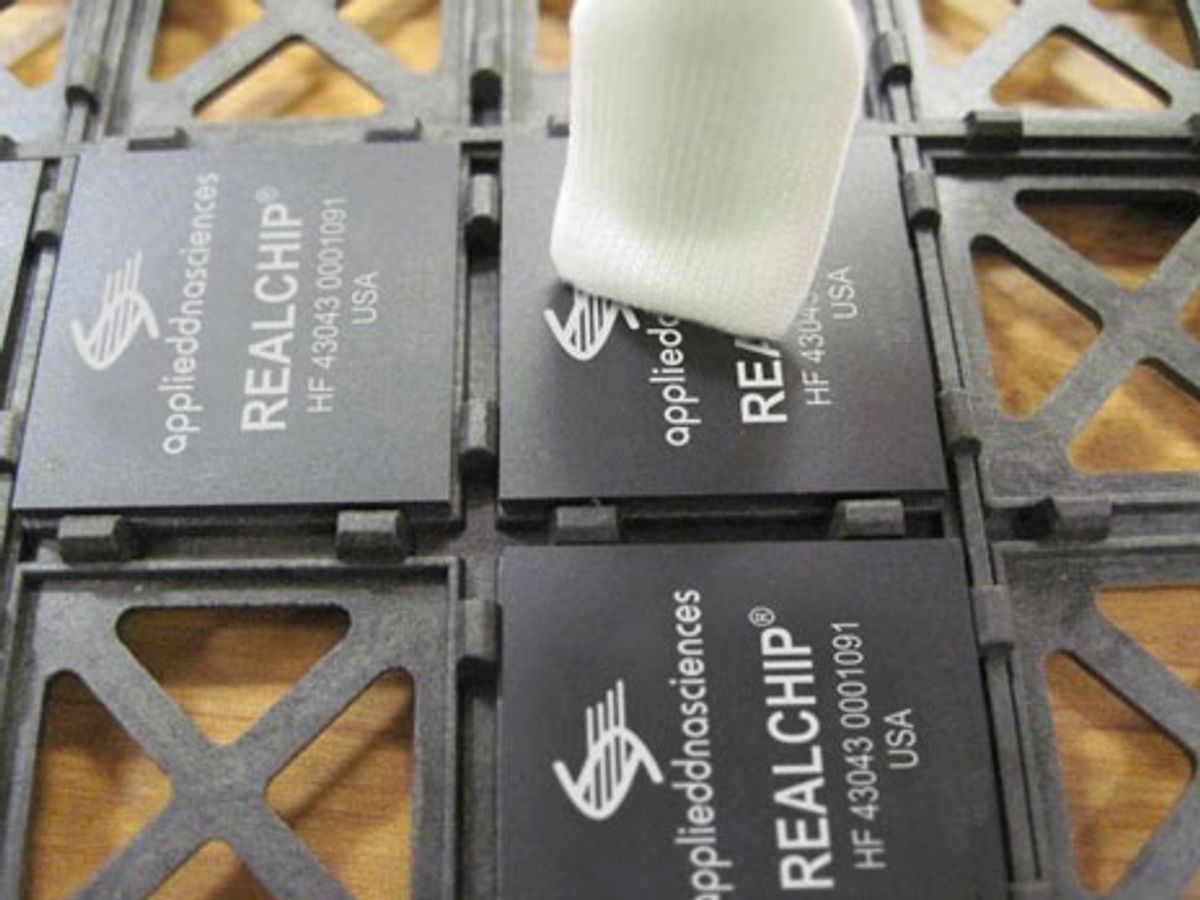Legislators in the United States took a small step toward combating the big problem of counterfeit electronics last week. As Celia Gorman detailed in our June issue, the counterfeiting problem is growing, and the U.S. government doesn't like it one bit. Three congressmen introduced a bill that streamlined the interaction between U.S. Customs and Border Protection and potential victims of counterfeiting.
According to a press release from the Semiconductor Industry Association (SIA), until 2008, the CBP would snap pictures of the trademarks and other info on suspected counterfeit chips and send the images to semiconductor firms for verification. That stopped with when the Department of Homeland Security implemented a new security policy.
The bill would reverse that policy, freeing CBP to share its photos.
In applauding the measure SIA president Brian Toohey said:
The legislation introduced yesterday by Reps. McKeon, McCaul and Keating would reverse the CBP policy and allow semiconductor companies to receive photographs that show identifying information on suspected counterfeit chips to determine their authenticity. This legislation would allow CBP and industry to resume working together in order to halt and seize suspected counterfeit semiconductors before they enter the U.S. supply chains.
Of course, a picture might not be enough. As Tam Harbert reported in April, the U.S. Defense Department is testing the use of plant DNA as a marker, which would make it much harder for importers to fake a trademark.
Samuel K. Moore is the senior editor at IEEE Spectrum in charge of semiconductors coverage. An IEEE member, he has a bachelor's degree in biomedical engineering from Brown University and a master's degree in journalism from New York University.



